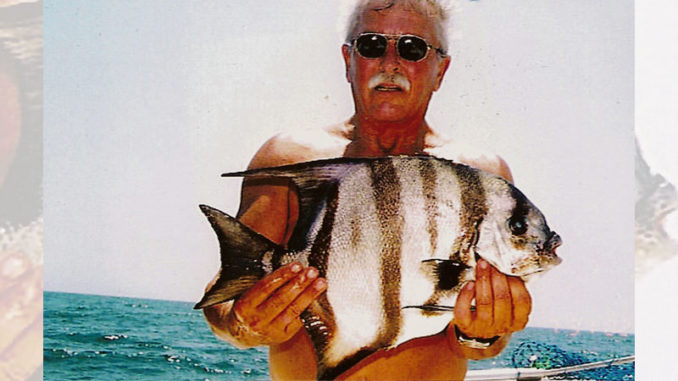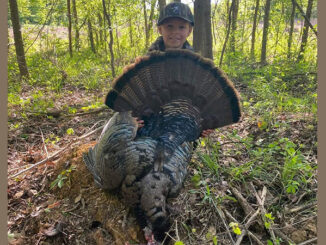
Hot weather means hot spadefish action
Bright sunshine and warm temperatures make the water sizzle and the spadefishing along the nearshore oceanfront out of Georgetown, S.C., truly outstanding this month.
Matt Bellamy at Captain Matt’s Fishing Charters in Pawley’s Island, S.C., fishes the inshore and nearshore waters between Murrells Inlet and the Santee Delta. As summer arrives and the weather really gets hot, he can’t resist taking his clients to artificial reefs to catch spadefish.
“The spadefishing is incredible for us here,” said Bellamy (843-568-8203). “And the hotter it gets, the better it gets.”
Spadefish primarily feed on small crustaceans and jellyfish. Especially the cannonball jellyfish that move into the region to feed on zooplankton on the submerged structures.
“We have very large schools of jelly balls here in June, and we catch all the spadefish we want to,” he said.
Spadefish have small mouths and eat small bites, with jellyfish being one of their staple foods. And they can be coaxed into being spoon-fed right next to the boat.
Spadefish can’t pass up jelly balls
Bellamy threads several jelly balls on a rope or heavy line attached to a weight and drops them down 15 or 20 feet towards the reef structure. Spadefish will find the jelly balls and begin to tear them apart. An entire school will get in on the action in a feeding frenzy. Bellamy slowly brings the jelly ball teaser toward the surface.
“I like to keep the teaser down about 15 feet and then start fishing around it with weighted lines with long 3- to 4-foot fluorocarbon leaders,” said Bellamy.
He typically ties on a small, silver No. 2 hook and threads on a small slice of jelly ball. He may substitute a small piece of a soft-plastic Gulp! bait.
“Any kind will do, because you are only using a small piece the size of a pencil eraser. They will snatch it up in a heartbeat,” he said.
When spadefish get into a feeding frenzy, they will eat at will. And anglers can catch as many fish as their arms can take. Spades are real hard fighters that don’t give up easily.
Bellamy likes to fish around reefs in the clearest water he can find, because spades rely on their vision to find food. Reefs in 30 to 50 feet of water usually produce the best action in June. That’s when angler find spadefish right on the structure.
Check out these five tips for spadefishing.


